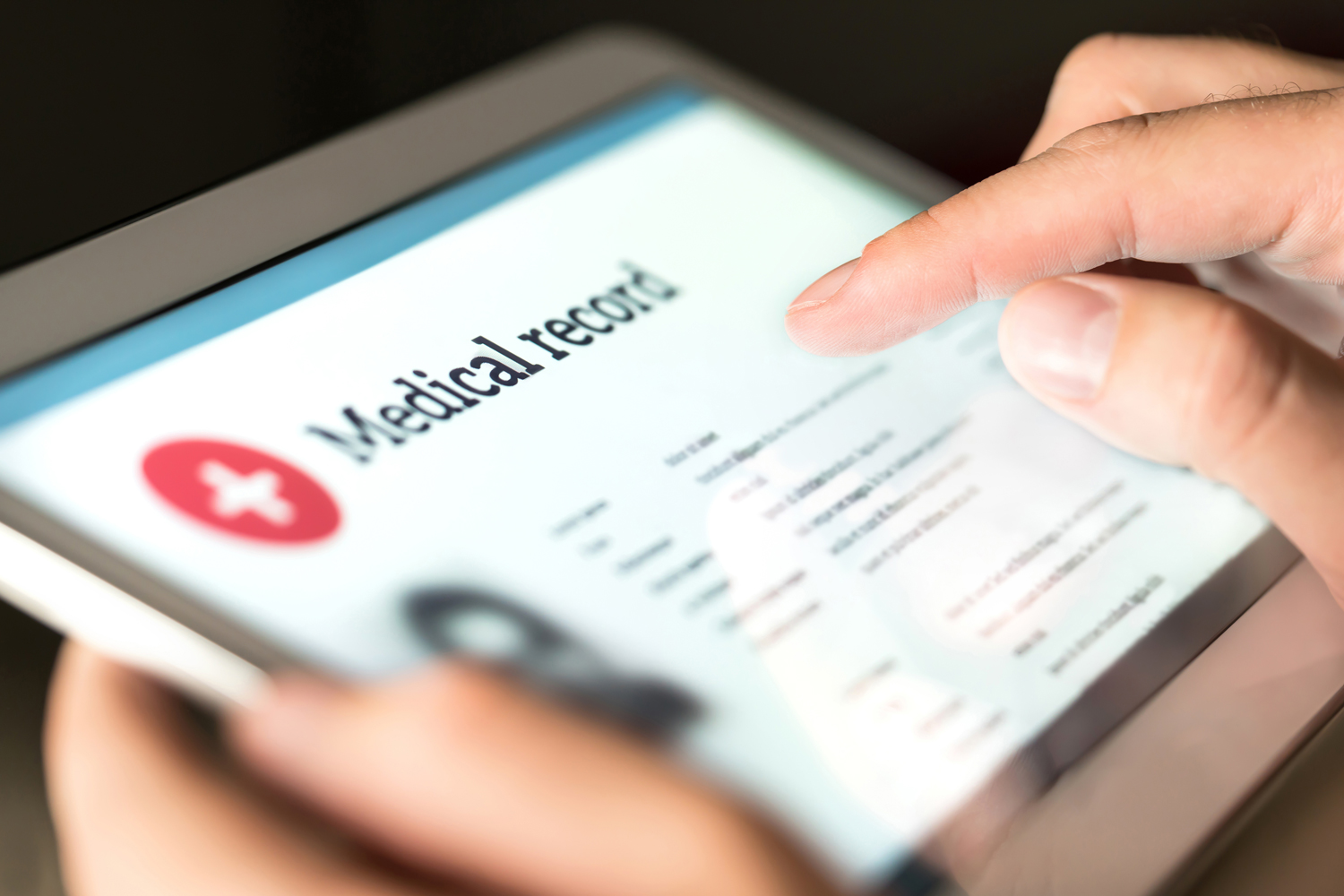
Challenges & Choices is an ongoing series where we tackle the most difficult questions in cancer care. From finances to end-of-life care, we will explore how you can be prepared with practical information, ways to find emotional support, and stories from people who have been there.
AFTER GETTING DIAGNOSED with breast cancer in November 2018, Suzanne Garner, director of community at Outcomes4Me in Encinitas, California, received an alarming notification about her chest CT scan through her patient portal. The test results revealed multiple bilateral pulmonary nodules, which could indicate metastatic cancer.
Garner received these potentially life-changing results before her upcoming appointment, so she had to wait before she could review them with her oncologist.
“Facing these results alone was daunting, and the wait for my oncology visit only added to the anxiety,” Garner says.
Even after reviewing her chest CT scan with her oncologist afterward, Garner wouldn’t receive full clarity on her condition until two years later, following surgeries and additional scans that led to the diagnosis of a benign condition called sarcoidosis.
The immediate release of test results to patients before their provider’s review is due to a 2016 law called the 21st Century Cures Act, or simply the Cures Act.
“Among [the act’s] many provisions was language to prevent blocking of patients’ access to their medical records,” says Brian Koffman, a family physician and the co-founder, chief medical officer and executive vice president of CLL Society in Claremont, California. “This generally means that patients have the right to obtain their health information data from health care providers and facilities as quickly as possible.”
Since the records access rule went into effect in April 2021, cancer patients have immediate access to raw test results that can be upsetting or confusing, according to Andrew Hertler, an oncologist and the chief medical officer of Evolent in Arlington, Virginia.
“In terms of patients with cancer, the interpretation of laboratory results and imaging studies often has to be placed in context,” Hertler says. “When you’re looking at imaging, [the] reports can be quite technical, and interpreting what it is saying can be difficult as well.”
Koffman notes that the immediate release of results to patients can force physicians to quickly review them and any relevant outside information their patients can see and add the appropriate notes and explanations where necessary.
“Patients and providers are now looking at the same data in nearly the same time frame, albeit with different perspectives and expertise,” Koffman explains. “This forces quicker responses from the health care provider and a closer, more equal doctor-patient relationship as good and bad news is quickly shared.”
But if a patient’s understanding of their health data doesn’t align with that of their provider, this may cause issues in the patient-provider relationship.
“If my interpretation as a physician to the patient seems to differ from what they’re reading in the report, it may lead to a lack of trust and friction in that relationship,” Hertler says.
Hertler also explains that physicians can see between 20 and 30 patients per day. Because of this, it can be difficult to call patients right after they’ve received their test results.
“They may feel ignored—like they’re not being paid attention to,” Hertler adds.
In the years since the Cures Act went into effect, cancer patients and providers have found ways to adjust to the immediate release of test results despite these issues.
“Doctors have mostly adjusted to the significant extra demands by quickly reviewing and commenting on lab and other patient information,” Koffman says.
While this may increase health care providers’ workloads, it allows patients to get more involved in their care journey.
“Many, but not all patients, are engaged and using the increased access, bringing their knowledge of their medical journey and using the data to better inform their health care choices,” Koffman says.
Some patients, like Garner, have found that it allows them to better prepare for their next doctor’s visit.
“I am unequivocally in favor of accessing my results as soon as they are available,” Garner says. “I have ample time to digest the information, formulate pertinent questions, and arrive at my doctor’s office armed with knowledge and ready to advocate for myself.”
According to a survey study of 8,139 patients published in March 2023 in JAMA Network Open, 96% preferred the immediate release of test results online, even without their health care provider reviewing them beforehand.
“Waiting in limbo for days or weeks until the next appointment feels archaic and unnecessary,” Garner says. “My health, my data—my right to timely access.”
Cancer Today magazine is free to cancer patients, survivors and caregivers who live in the U.S. Subscribe here to receive four issues per year.





